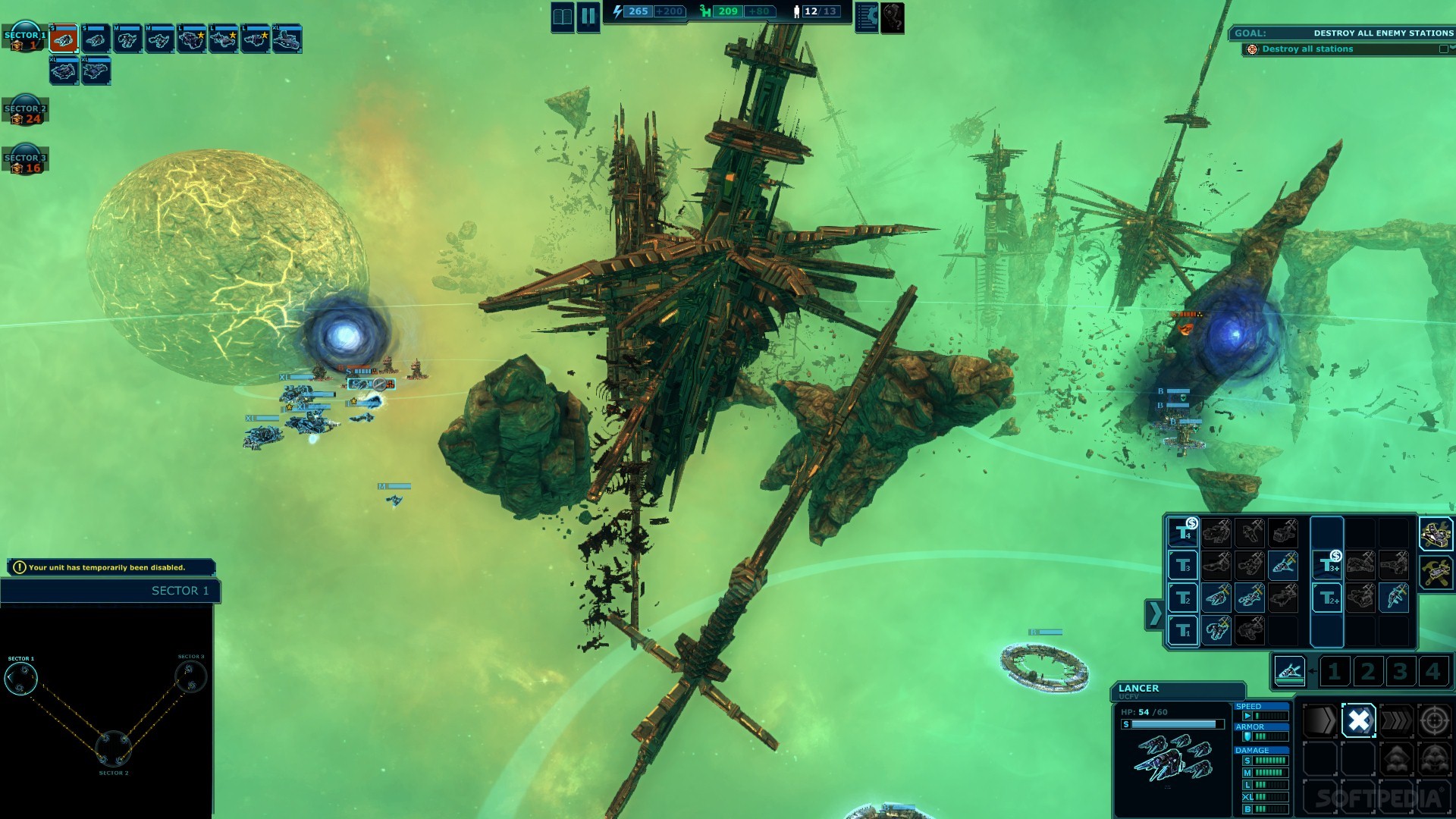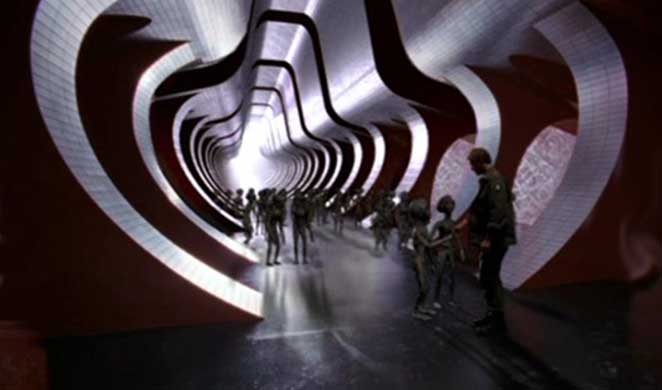

The once-enlisted sailor who became the 6th human on the moon died in 2016 at age 85. And given that now we are an extraterrestrial civilization ourselves, we need to re-ask these questions, and do a lot more work to find the answers." "From looking at Earth from space you come up with the question, who are we, how did we get here and where's all this going? And that's an ancient, ancient question that humans have asked for a long time… My experience was to realize that perhaps our science is wrong at answering these questions and perhaps our religious cosmologies are archaic and flawed. In a 2016 interview with VICE, he called it “powerful… overview effect.” To see Earth from outside changed the way he saw himself and humanity. While coming back to Earth, he finally had a moment to take in the view. But it was during Apollo 14 that Edgar Mitchell was finally able to set foot on the moon’s surface. He was in the rotation for Apollo missions 9 and 10, and was supposed to go up with ill-fated Apollo 13. In 1966, just 13 years after enlisting, he became a NASA astronaut. While he was working to graduate first in his class as a test pilot, he was instructing astronauts in mathematics and navigation. Air Force Research pilot school to become a test pilot. He then became a Navy research pilot and earned a PhD in aeronautics and astronautics from the Massachusetts Institute of Technology. He was a Naval Aviator before attending the Navy’s postgraduate school. Mitchell spent much of his adult life in the U.S. NASA Apollo 14 astronaut and moon walker Edgar Mitchell is interviewed about moon dust by the BBC for the Discovery program "Invisible Worlds" at NASA Goddard Space Flight Center on Dec. “I've been devoted to that, to exploration, education and discovery since my earliest years, and that's what kept me going.” “That's what I wanted, because it was the bear going over the mountain to see what he could see, and what could you learn,” he said. When Kennedy announced the Space Program’s goal to reach the moon in 1961, Mitchell was ready to go. Kennedy challenged the United States to land a man on the moon. NASA would recognize this potential as well, giving Mitchell the chance to live the dream he’d had since President John F. military’s most able and brilliant pilots. Mitchelle began to form his metaphysical and extraterrestrial beliefs during his training as an aviator, but he wasn’t known as a kook or prone to making wild statements. He became convinced that extraterrestrial life had been visiting Earth and helping humanity along a more spiritual path.

He used that as a platform to discuss exploring new worlds in ways separate from known science or religion. He started talking publicly about his less mainstream beliefs in 1973, just two years after landing on the moon, when he abruptly left NASA, divorced his wife and founded the Institute for Noetic Sciences.


 0 kommentar(er)
0 kommentar(er)
